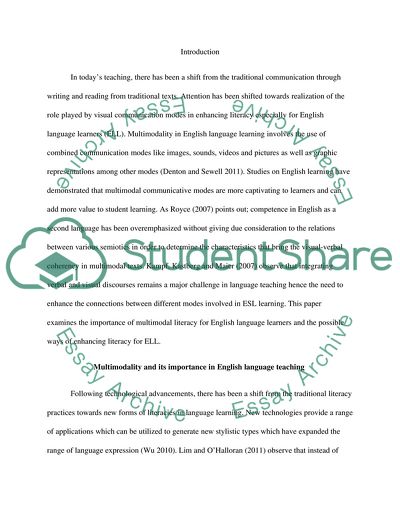Cite this document
(Multimodality in the Context of English Language Learners Assignment, n.d.)
Multimodality in the Context of English Language Learners Assignment. Retrieved from https://studentshare.org/english/1773232-choose-your-topic-in-multimodality
Multimodality in the Context of English Language Learners Assignment. Retrieved from https://studentshare.org/english/1773232-choose-your-topic-in-multimodality
(Multimodality in the Context of English Language Learners Assignment)
Multimodality in the Context of English Language Learners Assignment. https://studentshare.org/english/1773232-choose-your-topic-in-multimodality.
Multimodality in the Context of English Language Learners Assignment. https://studentshare.org/english/1773232-choose-your-topic-in-multimodality.
“Multimodality in the Context of English Language Learners Assignment”, n.d. https://studentshare.org/english/1773232-choose-your-topic-in-multimodality.


